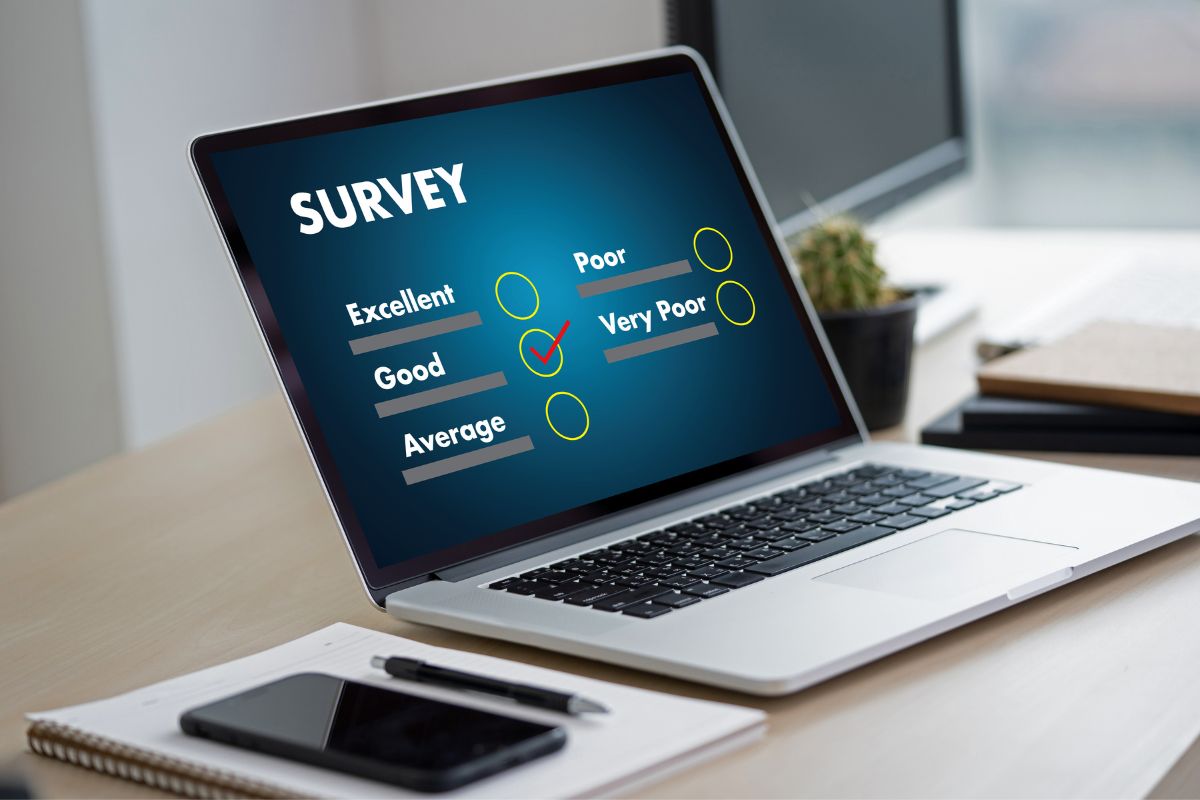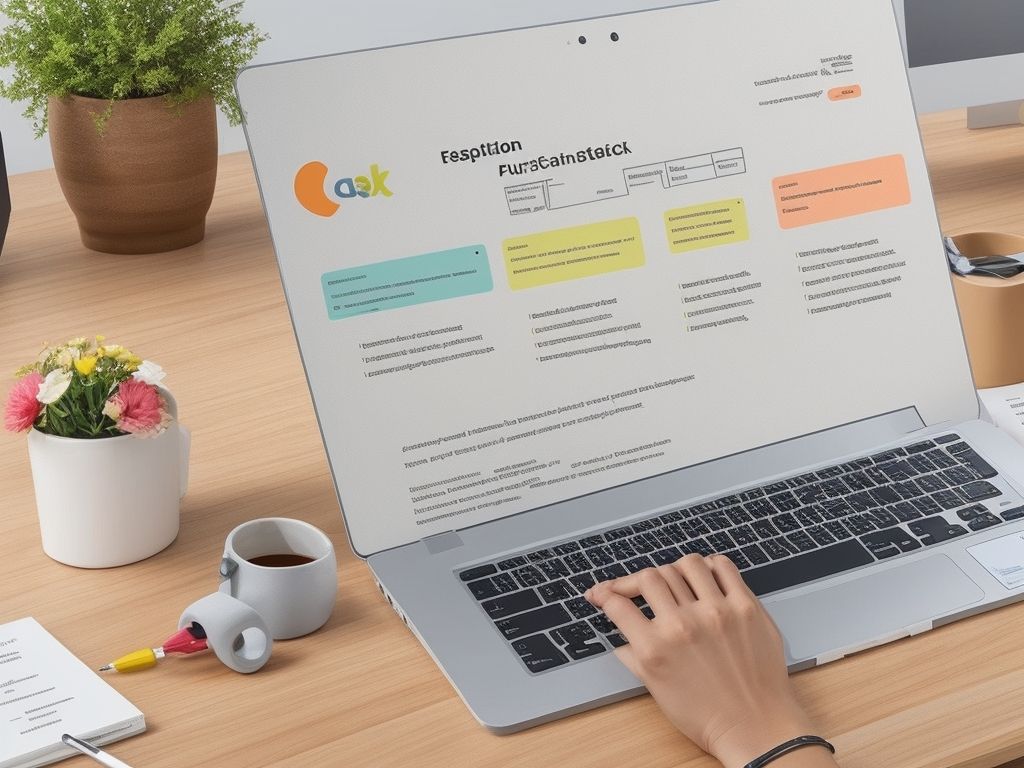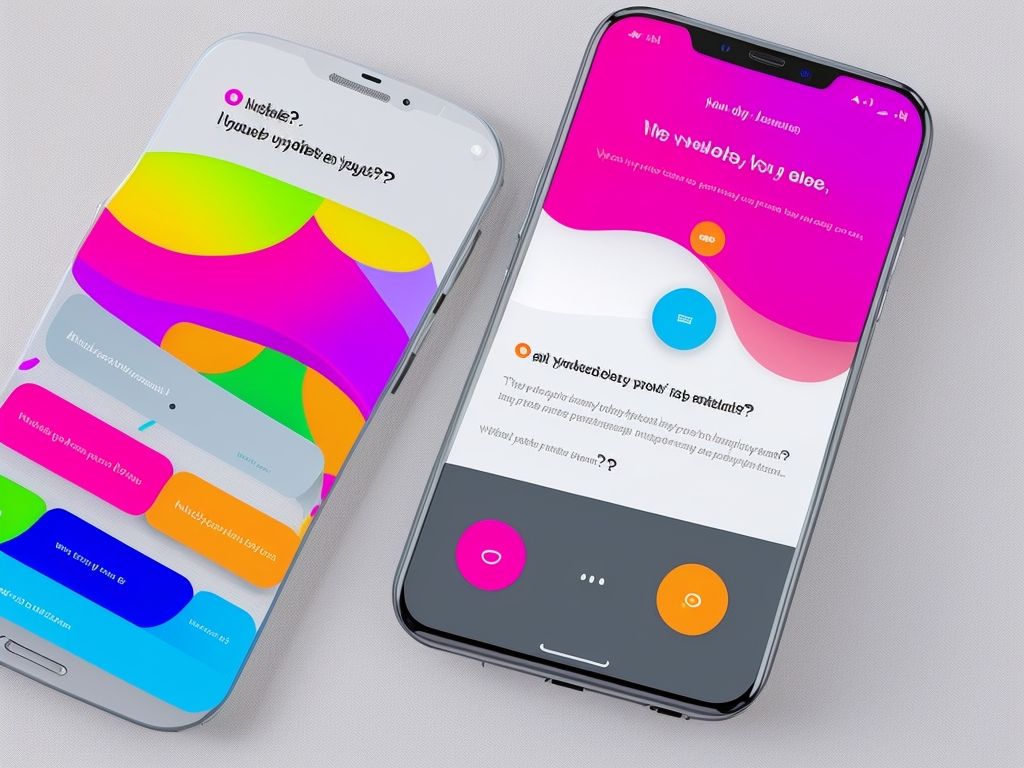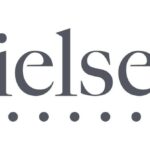Boosting Survey Response Rates: Proven Strategies and Tips
Surveys are essential tools for businesses and organisations of all sizes, providing valuable insights into customer satisfaction, employee engagement, and other key metrics. However, the biggest challenge facing survey creators is getting enough respondents to participate.
Why would you want to improve response rates?
Response rate refers to the percentage of people who complete and submit your survey. The higher your response rate, the more accurate and representative your survey data will be. Here are a few key benefits of increasing response rates in your surveys:

Greater accuracy is one of the most obvious benefits of increasing response rates. The more people participating in your survey, the more accurate your data will be. With a higher response rate, you’ll get a better sense of what your target audience thinks and feels, which will help you make more informed decisions. This is particularly important when conducting market research, where a small sample size can lead to inaccurate conclusions.
Another benefit of increasing response rates is a better representation. If you’re conducting a survey that targets a specific demographic or group, a higher response rate will give you a better idea of what that group thinks and feels. This can help you create more effective marketing campaigns and products tailored to the needs and preferences of your target audience.
Moreover, higher response rates can help you identify patterns and trends in your data. With more data available, you’ll be able to identify patterns and trends that might not have been obvious with a smaller sample size. This can be particularly valuable for businesses trying to identify new opportunities for growth, or for researchers trying to understand a specific phenomenon.
In addition, higher response rates can help you build trust and credibility with your target audience. When people participate in surveys, they’re more likely to trust the results and the conclusions drawn from them. These are important when conducting surveys for businesses or organizations, as they can help you build trust and credibility with your customers, clients, or members.
Lastly, increasing response rates can also help you increase the value of your survey data. When more data is available, you can conduct more detailed and sophisticated analyses, which will help you identify new insights and opportunities. This can lead to better decision-making, more effective marketing campaigns, and more successful products and services.
So, how can you boost your survey response rates and ensure that you get the data you need?
Here are a few proven strategies and tips that can help:
- Make it easy to participate. One of the biggest reasons that people don’t respond to surveys is that they find them too time-consuming or difficult to complete.
- To increase response rates, ensure your survey is as short and simple as possible. Use clear, easy-to-understand language and avoid asking too many open-ended questions. Use simple platforms with basic User Experience tools like Survey Monkey or even a really basic Google Doc. Or even ThePollsters Forum!
- Offer incentives. People are more likely to respond to a survey if they know they’ll get something in return. Consider offering small incentives, such as discounts or gift cards.
- Personalise your invitations. Instead of sending a generic survey link to a large group of people, try to personalise your invitations as much as possible. This can include addressing recipients by name or tailoring the survey to specific demographics or interests.
- Follow up with non-responders. If you don’t get a response from a survey recipient, don’t be afraid to follow up with them. A polite reminder can be enough to nudge someone into participating.
- Make it mobile-friendly. More and more people are accessing the internet on their smartphones and tablets, so it’s important to make sure the survey is mobile-friendly. This means that it should be optimised for smaller screens and touch-based inputs, and should be easy to complete on the go.
- Timing is critical. Consider the best time to reach your target audience and schedule your survey accordingly. For example, if you’re surveying customers, you’ll probably get a better response rate if you send the survey out during business hours.
- Keep it confidential. People are more likely to participate in a survey if they know that their answers will be kept confidential. Make sure your survey participants understand that their answers will be anonymous and that their data will be protected.
- Use a mix of question types. Mix up your question types to keep the survey interesting. Instead of just asking multiple-choice questions, try using rating scales, open-ended questions, and even images or videos to keep participants engaged.
- Test your survey. Before you send out your survey, make sure to test it with a small group of people to see if there are any issues or confusing questions. This will help you catch and fix any mistakes before the survey goes live.
- Show appreciation. Finally, be sure to show your appreciation to survey participants by sending a thank-you note or email. A simple “thank you” can go a long way in encouraging people to participate in future surveys.
In conclusion, boosting survey response rates is all about making it easy, rewarding, and personalized for participants, timing it right, making it confidential and mobile-friendly, using a mix of question types, testing it, and showing appreciation. By implementing these strategies and tips, you can increase your survey response rates and get the data you need to make informed decisions for your business or organization.
- How to Design a Hard Harry Potter Trivia Challenge - October 4, 2023
- How to Design a Dear Peachie Makeup Preference Poll - October 4, 2023
- How to Design a Fun Board Game Trivia Night - October 3, 2023












![How To Create A Podcast Survey [10 Simple Steps]](https://thepollsters.com/wp-content/uploads/2022/10/How-To-Create-A-Podcast-Survey-10-Simple-Steps--768x512.jpg)